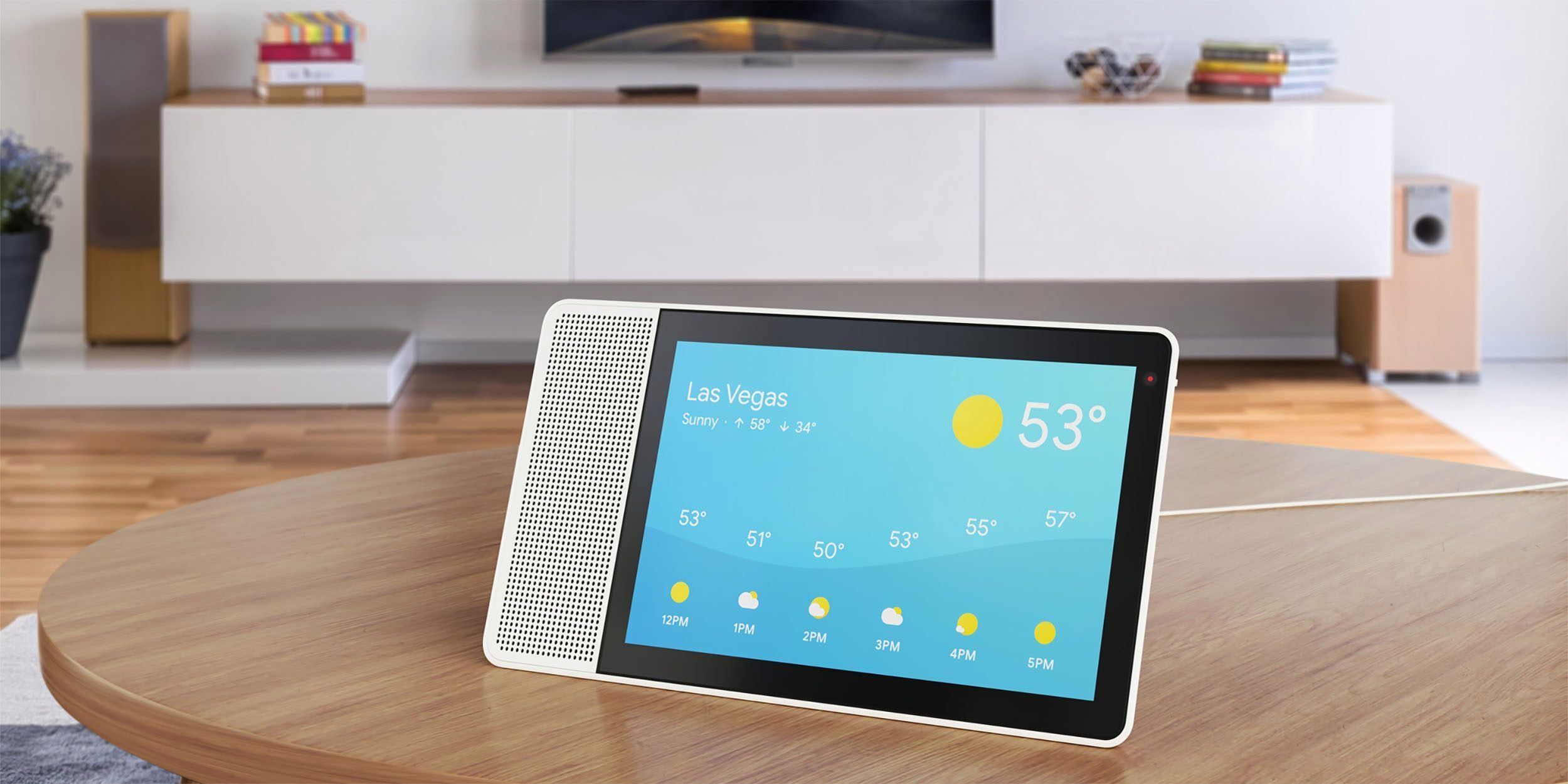Google Assistant gets more visual with smart home control update
Asking the Google Assistant on your smartphone is a quick and easy way to control smart home devices across your property - especially if you don't have a Google Home, or the smart speaker microphone is out of earshot.
But while binary commands like switching a light off, unlocking a door, or starting a show on the TV are easy, voice can make granular control tricky. For example, asking the assistant to make a light "brighter" or music "louder" can be vague - it's really up to the Assistant's interpretation of what these words mean.
Read More:
- Lenovo Smart Display with Google Assistant review
- Google Assistant learns to speak more naturally
- How to search flights and track prices with Google Assistant
The new range of Google Smart Displays, like the Lenovo Smart Display, help out by putting physical controls on their touch screens when you ask the Google Assistant to do something. Now, these controls are arriving on smartphones too.
Some Google Assistant users have reported to Droid Life that, when they ask the Assistant on their smartphone to adjust smart home devices (like lights and thermostats), the app presents a new interface for giving you manual control.
As you can see from the screenshots above, the new Google Assistant UI presents a big, clear controller for room temperature and light brightness, right after the Assistant has been asked to interact with these appliances. It looks like this is a small-scale rollout for now, but will likely spread to more Assistant devices soon.
Is this an admission by Google that voice isn't always the best way to interact with smart home devices? Possibly. But more than that, it is a realization that, if the user is asking a device with a screen to do something, then that screen may as well be called upon to help out. The user might know the exact temperature they want, or the exact brightness for their lights, but since they already have a phone in their hand, there's no harm in giving them more granular control.
It will be interesting to see how the voice assistant develops and matures in the smart home. Will smart displays like the Lenovo - and Alexa options like the Amazon Echo Show - start to replace speakers like the rest of the Home and Echo range? We can see the smart home of the near future offering both - speakers everywhere, but with displays in key locations like the kitchen, when looking at a screen offers increased value.
